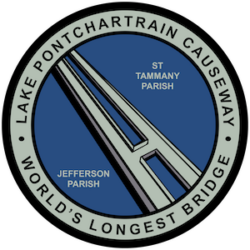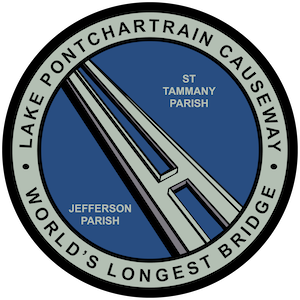Wednesday, June 08, 2022
Summer is the favorite season of many. It is full of festivals, parties, barbecues, and other fun activities. However, summer is also host to several holidays that find people drinking during the day and long into the night.
Data has shown that car crashes are more prevalent, particularly for teen drivers, during the so-called “100 Deadliest Days of Summer.”
The 100 Deadliest Days of Summer
The 100 Deadliest Days of Summer is the time period from the unofficial start of summer, Memorial Day, all the way to the unofficial end of summer, Labor Day. During this time period from 2010 to 2019, more than 7,000 people died in teen driving-related summertime crashes. This amounts to roughly seven people every day, which outpaces the approximate six people killed in car crashes every day during the rest of the year.
This startling trend doesn’t end at teen drivers, however. According to the National Safety Council, the motor vehicle deaths and mileage death rates for all motorists noticeably increase from July through September compared to the rest of the year.
Common Causes of Summer Car Crashes
The summertime crash trend is apparent, but why does it occur? For teen drivers, in particular, they may engage in the following behaviors that increase the chances of a crash:
- Distracted driving. One in three teens who text admit they have done so while driving. However, texting is not the only form of distraction that manifests in a vehicle. Other distractions include smartphone use, loud music, passengers, pets, and more.
- Not wearing seatbelts. According to the National Highway Traffic Safety Administration (NHTSA), 45% of the teen drivers who died in crashes in 2018 were unbuckled.
- Speeding. Speeding was a factor in 28% of fatal crashes involving teen drivers. A recent study concluded that teens’ speeding behavior increases over time as they gain more confidence in driving.
- Peer pressure. In a study analyzed by the NHTSA, teen drivers were two-and-a-half times more likely to engage in risky behaviors while driving if they had a teenage peer in the car. This number increases to three times when there are multiple passengers.
Although the Centers for Disease Control and Prevention (CDC) reports that the risk of motor vehicle crashes is higher among teens aged 16-19 than among any other age group, teens are not the sole cause of crashes during the summer. Adults can engage in distracted driving, drunk driving, and drowsy driving, so it is important for you to know how to protect your rights after any type of crash caused by a driver of any age.
Tips to Keep Teen Drivers Safe
- Limit Passengers. When a teen driver has their friends in the car, the risk of a crash increases dramatically! Two additional passengers increase the risk of a crash by 158%.
- Obey Posted Speed Limits. Speed is a factor in more than 33% of all fatal teen crashes. By paying attention and obeying all posted speed limits, we can all greatly reduce the likelihood of being involved in a crash.
- Eliminate Distractions. It’s just not worth the risk! That text, TikTok, or email can wait. Instead, focus on driving, or pull over to a safe location if you must interact with your phone.
- Pay Attention. It only takes a second of driver inattention to trigger a fatal outcome. Scanning the road ahead helps you remain alert and be prepared for hazards or traffic conditions.
- Restrict Nighttime Driving. Reduced visibility, inexperience, and driver drowsiness are all factors that make driving at night more dangerous for teens. Curfew restrictions apply during nighttime driving hours for all licensed teens aged 16 & 17.
- Buckle Up. Using a safety belt is one of the most effective ways to save lives and reduce injuries in crashes. Encourage your teens to buckle up every trip, every time.
- Never Drive Impaired. Drugs and alcohol can alter your ability, perception, attention, coordination, reaction time, and other skills needed to drive alert and safe. Never ride with an impaired driver and always have a plan to get home safe! Parents, make sure your teen knows they can count on you for a safe ride!



